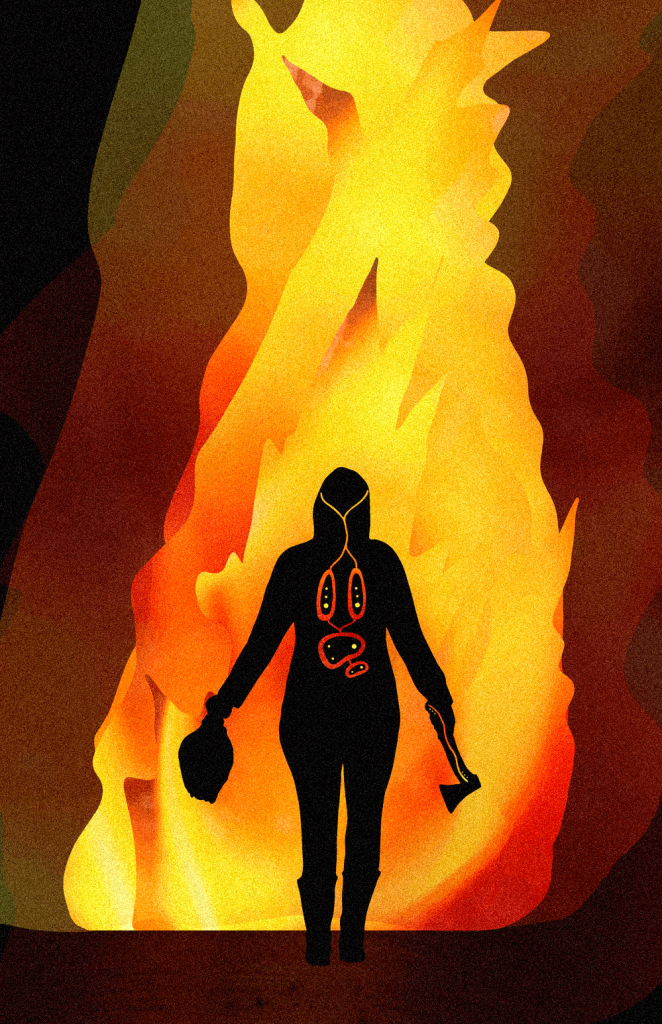Introduction
From Land Back to Cash Back
At the end of 2019, Yellowhead Institute began the process of developing our second Red Paper, on the topic of “Cash Back.” We welcomed over 20 Indigenous leaders, and non-Indigenous academics and analysts, for a two-day workshop on the sources of poverty in Indigenous communities.
The workshop focused deeply on the systemic funding issues stemming from loss of jurisdiction and colonization and the incredible power this gave the federal government to control First Nation communities. We also imagined models for new financial relationships and discussed the basis of Indigenous economies.
Just over a year later, we met again, joined by Yellowhead’s Board of Advisors, to review a draft of the report. The ideas, feedback and guidance from these collaborators were instrumental in shaping the research direction and elements of this Cash Back report.
What is at stake in Cash Back is the restitution of Indigenous economies. Canada’s dysfunctional fiscal system for First Nations is not an Indigenous economy. An Indigenous economy would be built upon the jurisdiction of Indigenous nations over their territories, not the 0.2% economies of reserves and the federal transfer system. Therefore, this report is explicitly about reparations and not about adjustments to the status quo. Cash Back is not a charity project; it is part of a decolonization process.
Cash Back is about restitution from the perspective of stolen wealth.
From Canada’s perspective, the value of Indigenous lands rests on what can be extracted and commodified. The economy has been built on the transformation of Indigenous lands and waterways into corporate profit and national power.

Winona LaDuke refers to the Canadian economy as a Wiindigo economy, Cannibal or Wasichu figure in Anishinaabe legend that destroys itself through addictive indulgence in its craven desires. Wiindigo infrastructure consumes the earth it needs to survive through pipelines, industrial sprawl, and chemical contaminations of all kinds.
IMAGE
Cut off the Head, Burn the Body
by Elizabeth LaPensée, 2018
While the Canadian economy has always taken priority, it is not the only “economy” in this country.
There exist a multiplicity of Indigenous economies that are not a future prospect, but already here. They are the community-regulated fisheries and the dismantled dams that usher home fish kin. They exist in community freezers of wild meat, at feasts that fill bellies with connection and care. They can be seen in the governance protocols of sugar bush camps and the joy of the first salmon harvest of the season. They live in lipstick lines, airlines, and moccasin-making micro-enterprises. They are the multi-million-dollar housing projects, tobacco trade, and lumber shops. They are in defund police movements, harm reduction initiatives, friendship centre childcares. Indigenous economies are the social, political and ecological relationships in which a nation is grounded and held accountable.
At their core, what makes them Indigenous economies is that they do not exploit that which they depend upon to live, including people. And they protect a world that is not prepared to value solely in cash people’s time, homelands and harvests.
As such, this report will not focus on poverty statistics in First Nation reserves and in cities. These figures are well known and tell us almost nothing. Instead, we show how First Nation poverty is a choice Canada has made. This choice relies heavily on the racism and the invented cultural hierarchies that are so fundamental to this country. It depends on narrow interpretations of Aboriginal and treaty rights by the Canadian legal system, and countless policies, reporting requirements, confusing rules and contradictory regulations that perpetuate a cycle of imposed economic dependency.
Cash Back is not only about restitution. It is also about setting the record straight on the illegal and violent transfer of wealth in this country, as well, as the subterfuge that both hides and perpetuates this theft.

